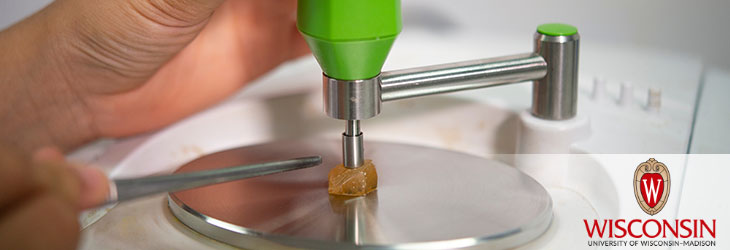
UW-Madison researchers have developed a novel method for performing highly efficient trans-kingdom genetic conjugation from bacteria to fungi. They further developed the method into a system to kill specific fungi using a non-repair CRISPR-Cas system. The trans-kingdom conjugation system utilizes a plasmid that contains selection markers for bacteria and for yeast as well as the oriT sequence for conjugative transfer of the plasmid into recipients. The researchers found that they could control conjugation by tuning the populations of the donor and recipient. Since media used in the co-culturing of the organisms is resource constrained, and bacteria are more efficient at using the resources than fungi; the key to getting high efficiency conjugation is to keep the growth rate of the bacteria relatively low as compared to the growth rate of the fungi. The non-repair CRIPSR-Cas system can be transferred from bacteria into fungi. The researchers targeted a fungal gene essential for survival with the single guide RNA sequences and upon co-culturing with the donor bacteria, found recipient fungi died relatively quickly.
The inventors believe that this trans-kingdom conjugation system will be broadly applicable across fungal species although they have only tested it with E. coli and S. cerevisiae. They have done extensive modeling to explore the effects of media conditions on the donor and recipient populations since the ratio of the populations proved critical to getting high efficiency conjugation. They also explored the mechanism of conjugation and found mannose receptors are critical to the conjugation between the bacteria and yeast (adding mannose to the media to inhibit these receptors disrupted conjugation). Mannoproteins are ubiquitous among fungal cells, so the method should work for any fungal cell.